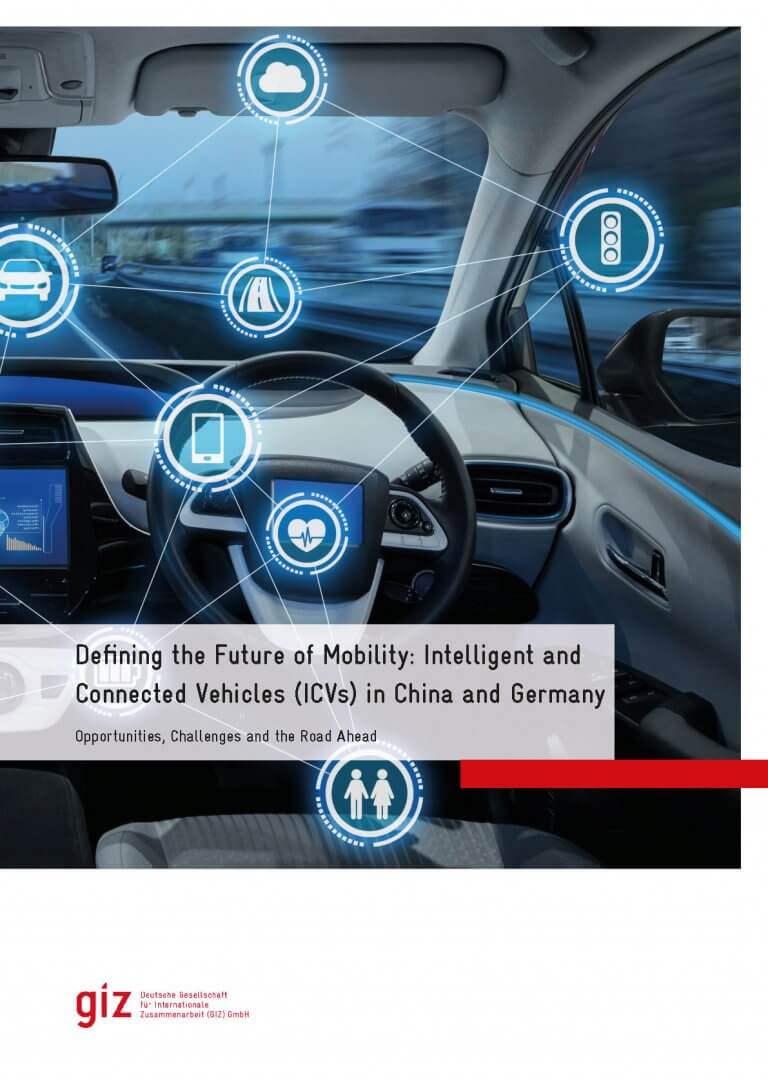
In 2017, 29 million new vehicles were sold in China – more than in the United States, Japan and India combined. This figure is expected to increase to at least 37 million by 2025, assuming a 3% annual growth rate. Given this vast market potential, the same question comes up time and again within the global automotive industry: What proportion of these vehicles will be so-called Intelligent and Connected Vehicles (ICVs)?
China’s determination to become the world’s leading automotive nation is matched by their desire to shape the future of mobility. Together with the rapid increase in New Energy Vehicles (NEVs), the development of its ICV industry lies at the heart of this ambition. After some initial hesitation, China has undertaken numerous steps to accelerate the development of ICVs in 2018. Following recent legislative changes, the adoption of national strategies, as well as improvements in its connectivity-based technologies, it is fast closing the gap with leading ICV competitors, such as Germany. However, the road to a future in which ICVs predominate is long, and both countries face complex challenges in meeting their ambitious targets.
In-depth report on the emerging ICV industry in China
This report seeks to shed light on these challenges, as well as the numerous opportunities associated with the development of ICVs in China. To this end, a comprehensive overview of the present ICV landscape in China will be provided, including a detailed analysis of the latest market and policy developments. To give some perspective to the Chinese developments, comparisons with Germany will be selectively highlighted throughout.
Following a brief discussion of the key terminology and drivers of ICV development in China, chapter two will review the current state of the Chinese ICV market. This will include an introduction to the key players and their business models, as well as development targets. Particular emphasis will be placed on the existing collaboration formats between Chinese and German firms. Chapter three will study the most important policy and legislative developments relating to ICVs in China. This will include a survey of the chief public regulators, an analysis of the legal framework, and an overview of the key ICV strategies, guidelines and standards. Chapter four will provide a comparative analysis of the Strengths, Weaknesses, Opportunities and Threat (SWOT) for ICVs in China and Germany. An argument will be made to the effect that while Germany currently has the upper hand in terms of ICV development, China has the potential to rapidly catch up, not least due to its unique approach to public policymaking. Finally, chapter five will present a critical summary of the research findings and offer an outlook for ICV developments in both countries.






